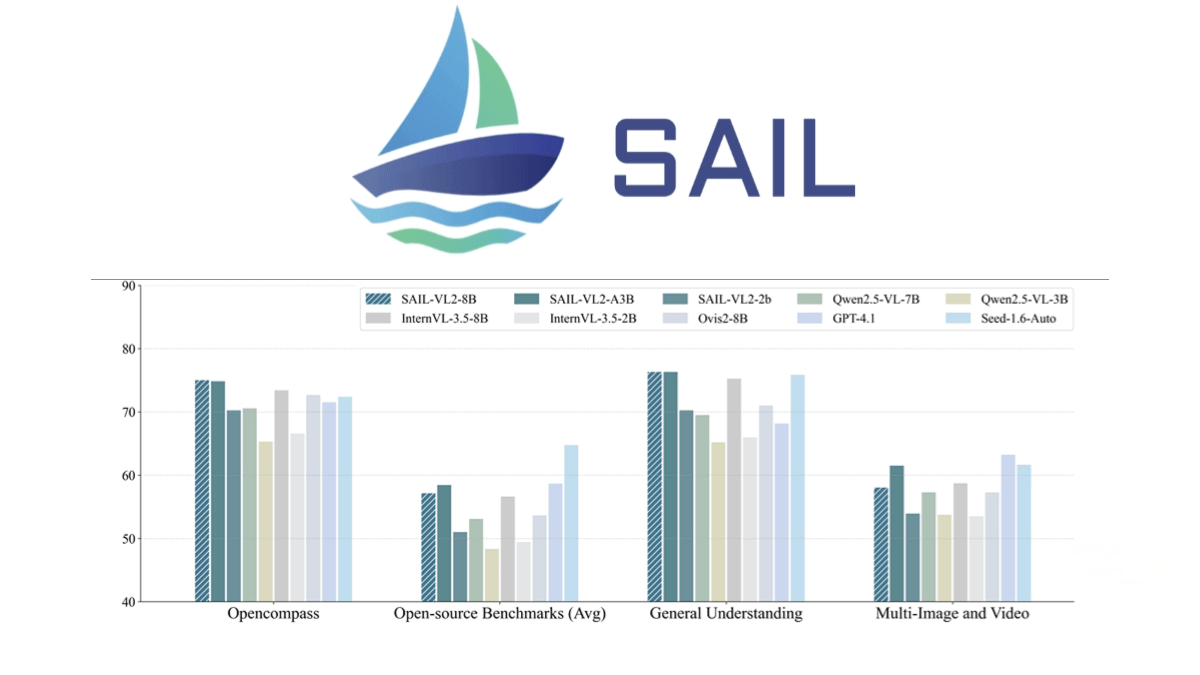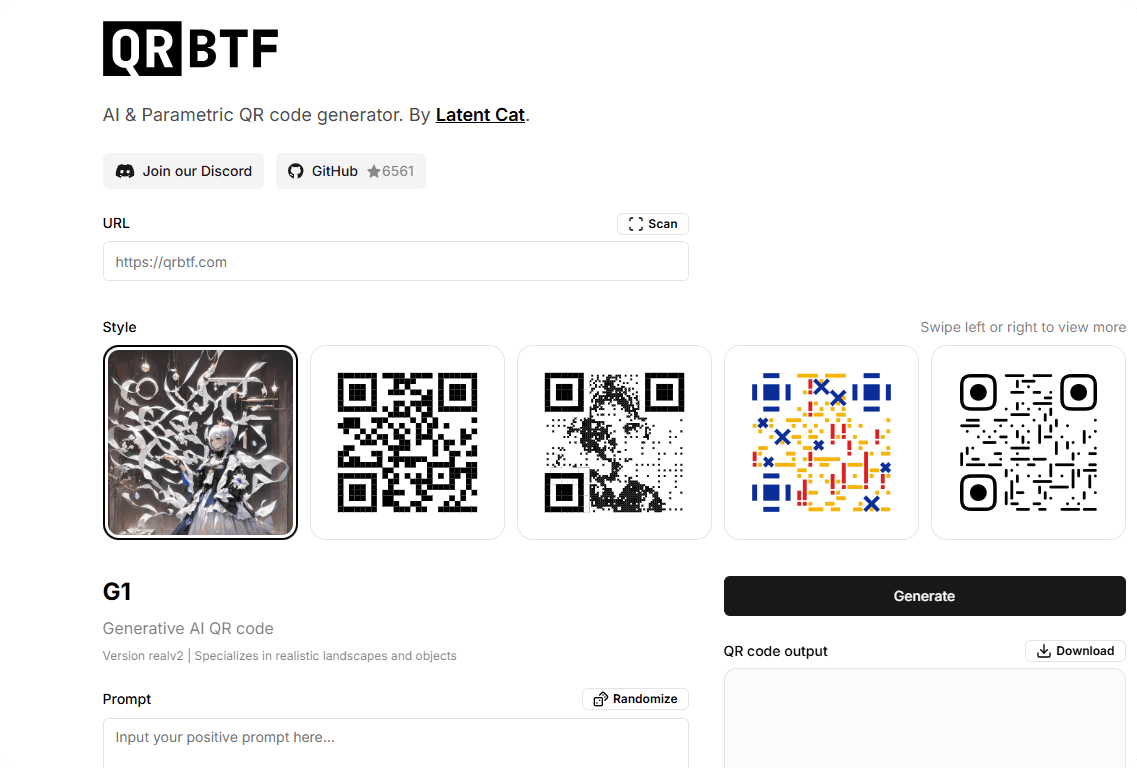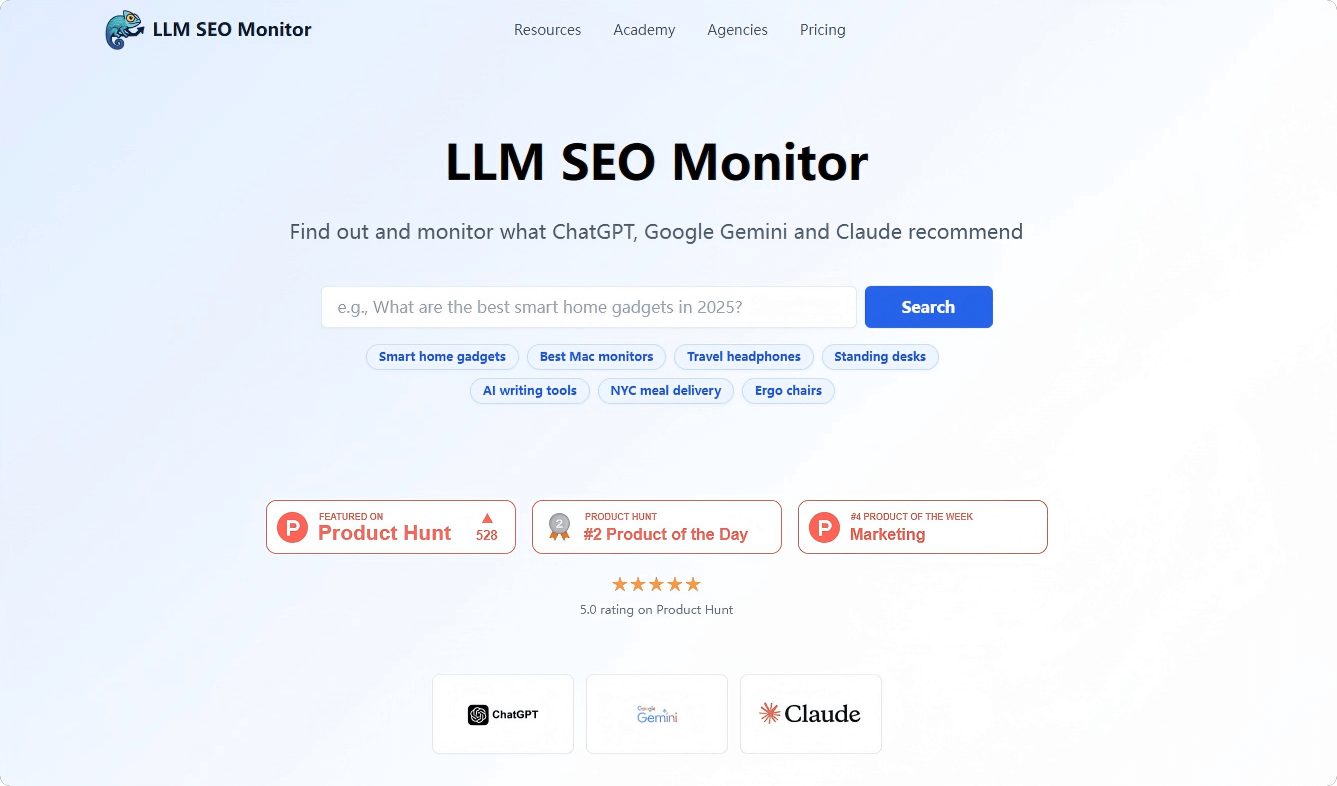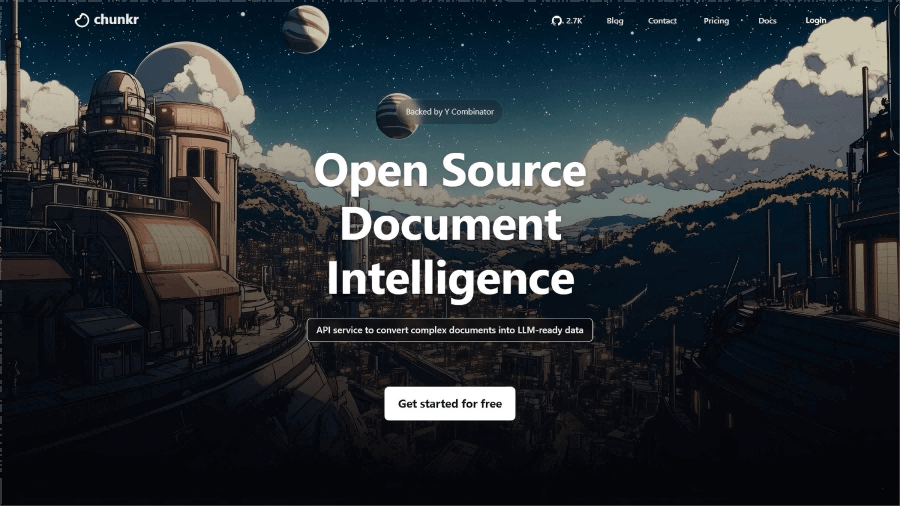GPT – image – 1 – The latest image generation model launched by OpenAI
What is GPT-image-1?
GPT-image-1 is a native multimodal image generation model launched by OpenAI, available to developers via API. The model generates high-quality, professional-grade images based on text prompts and input images, supporting a variety of styles and customization features such as image quality, size, format, and compression level. It is widely used across creative design, e-commerce, education, and marketing fields—for example, turning sketches into graphics, generating product displays, or creating brand visual assets. GPT-image-1 has already been adopted by major creative platforms including Adobe and Figma.
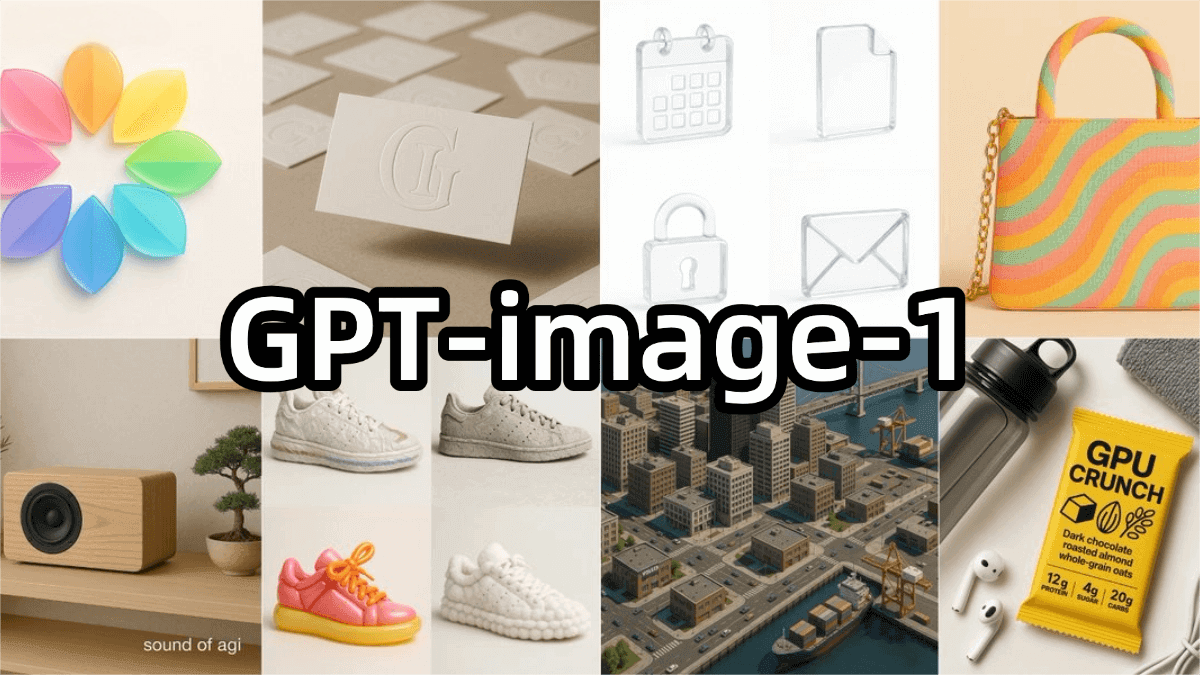
Key Features of GPT-image-1
-
Text-to-Image Generation: Generate images based on text descriptions.
-
Image Editing: Modify or partially edit existing images.
-
Image Variants: Create different versions or stylistic variants of an image.
-
Customizable Options:
-
Size: Supports multiple resolutions such as 1024×1024, 1024×1536, etc.
-
Quality: Choose from low, medium, or high rendering quality.
-
Format: Supports PNG, JPEG, WebP formats.
-
Compression: For JPEG and WebP, adjustable compression level from 0–100%.
-
Background: Supports both transparent and opaque backgrounds.
-
-
API Access: Offers API interfaces for developers to integrate image generation capabilities into their own applications or services, supporting batch image generation.
Model Highlights
-
Highly Accurate Instruction Following: Precisely understands and executes complex instructions to ensure accuracy in image generation.
-
Extensive Artistic Styles: Supports a wide range of artistic styles for various creative needs.
-
Advanced Image Editing: Enables precise image adjustments based on text prompts.
-
Rich Real-World Knowledge: Generates images that reflect real-world contexts, increasing credibility and usability.
-
Consistent Text Generation: Maintains textual coherence within images, ideal for use in educational materials, storybooks, and more.
Pricing for GPT-image-1
-
Text Input Tokens: $5 per 1 million tokens
-
Image Input Tokens: $10 per 1 million tokens
-
Image Output Tokens: $40 per 1 million tokens
Project Link
-
Official Website: https://openai.com/index/image-generation-api/
How to Use GPT-image-1
Step 1: Account Setup
Visit the OpenAI official website and register for an account. After registering, log in to obtain your API key.
Step 2: Install the OpenAI Python Library
Step 3: Configure API Key
import os
import openai
# Set API key
openai.api_key = os.getenv("OPENAI_API_KEY")
Step 4: Call the Image Generation API
Generate Image from Text
import openai
import base64
# Initialize OpenAI client
client = openai.OpenAI()
# Call the image generation API
result = client.images.generate(
model="gpt-image-1",
prompt="A futuristic cityscape at sunset with flying cars and neon lights",
size="1024x1024",
quality="high",
background="transparent"
)
# Get the image data
image_base64 = result.data[0].b64_json
image_bytes = base64.b64decode(image_base64)
# Save image to local file
with open("futuristic_cityscape.png", "wb") as f:
f.write(image_bytes)
Edit an Existing Image
import openai
# Initialize OpenAI client
client = openai.OpenAI()
# Call the image editing API
result = client.images.edit(
model="gpt-image-1",
image=open("input_image.png", "rb"),
mask=open("mask.png", "rb"),
prompt="Replace the sky with a starry night",
size="1024x1024",
quality="high"
)
# Get the edited image
image_base64 = result.data[0].b64_json
image_bytes = base64.b64decode(image_base64)
# Save the edited image
with open("edited_image.png", "wb") as f:
f.write(image_bytes)
Generate New Image from Reference Images
import openai
# Initialize OpenAI client
client = openai.OpenAI()
# Call the image generation with references
result = client.images.edit(
model="gpt-image-1",
image=[
open("body-lotion.png", "rb"),
open("bath-bomb.png", "rb"),
open("incense-kit.png", "rb"),
open("soap.png", "rb"),
],
prompt="Generate a photorealistic image of a gift basket on a white background labeled 'Relax & Unwind' with a ribbon and handwriting-like font, containing all the items in the reference pictures",
size="1024x1024",
quality="high"
)
# Get the result
image_base64 = result.data[0].b64_json
image_bytes = base64.b64decode(image_base64)
# Save to file
with open("gift_basket.png", "wb") as f:
f.write(image_bytes)
Use Cases of GPT-image-1
-
Adobe: Integrated into Firefly and Express for diverse image styles.
-
Figma: Enables quick image generation and editing from simple prompts.
-
HeyGen: Enhances avatar creation and editing capabilities.
-
Wix: Helps users turn ideas into visuals effortlessly.
-
Photoroom: Assists online sellers in creating studio-quality visuals from product photos.
Application Scenarios
-
Creative Design: Quickly convert sketches into high-quality graphic elements with support for high-fidelity visual editing.
-
E-commerce & Marketing: Generate product images, marketing posters, and social media visuals to enhance visual appeal.
-
Brand Design: Create editable logos, brand visual assets, and professional layouts.
-
Video Creation: Enhance video editing with high-quality avatars and animation effects.
-
Education & Content Creation: Generate illustrations and creative content to assist in teaching and storytelling.
Related Posts

